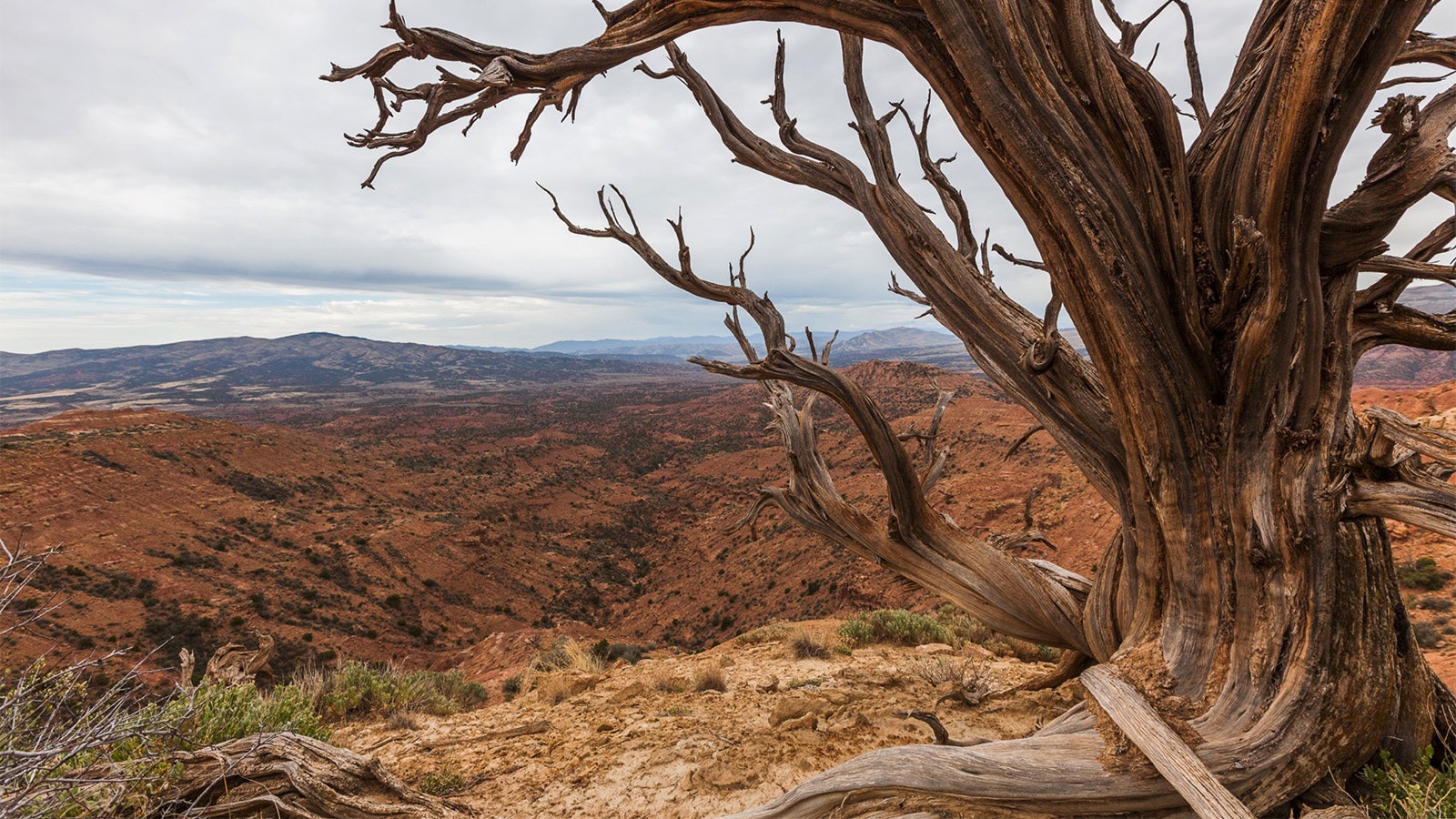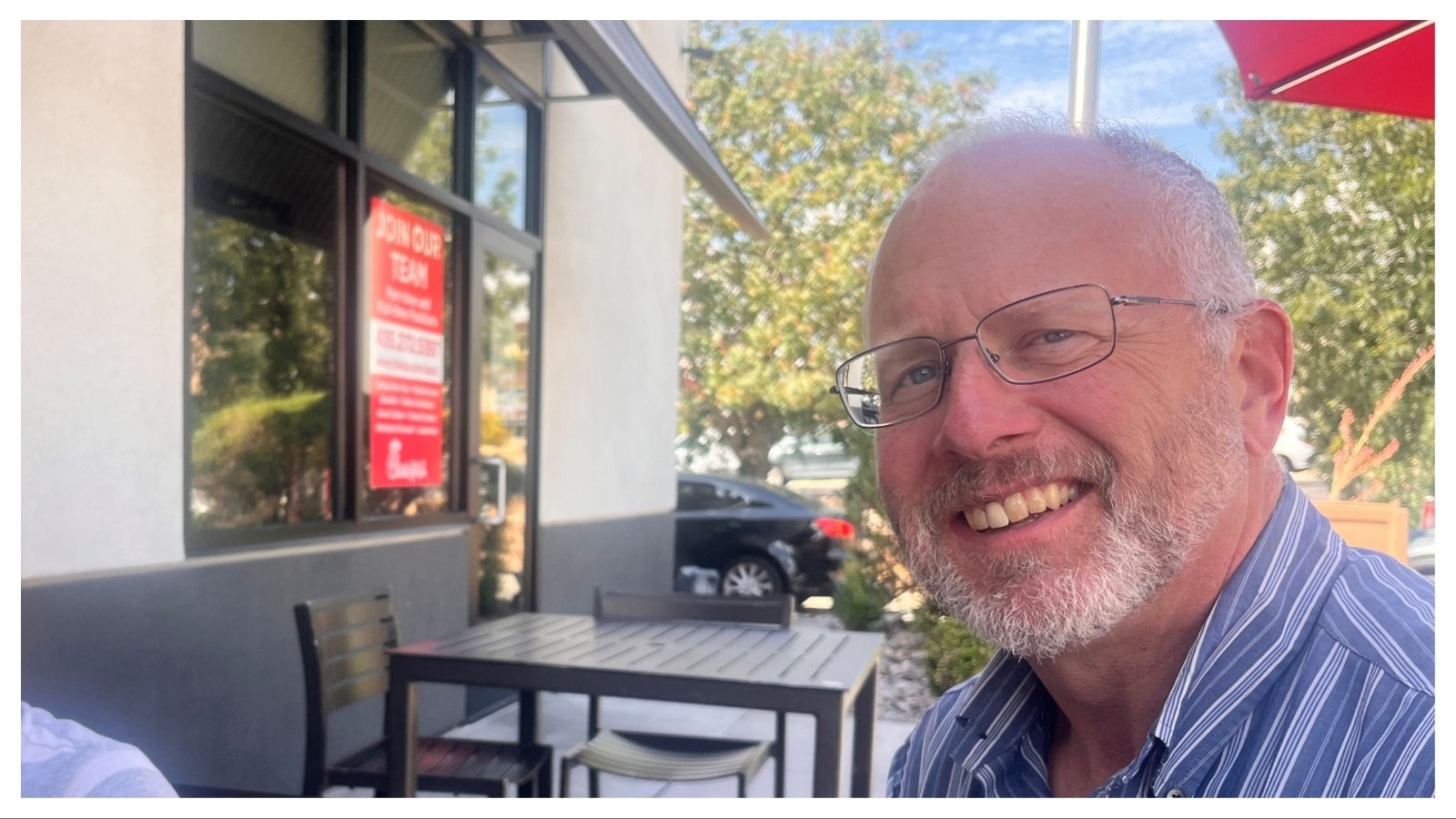Mark Heinz of Cowboy State Daily reported Monday that the Bureau of Land Management was pushing back on claims that the draft resource management plan for the Rock Springs district “could end up closing numerous roads or otherwise restrict motorized use across vast areas,” suggesting that this was misinformation rather than fact.
Perhaps the BLM needs to read its own plan. Page 4-101 concerning the “environmental consequences” of BLM’s preferred alternative states: “Within the area designated as limited to designated roads and trails, 2,352 miles of routes would be managed as open to vehicle use. … About 67 miles of routes would be limited to non-motorized or non-mechanized use, 4,505 miles of routes would be closed to all use, and 10,006 miles of routes and linear disturbances would be removed from the transportation network and returned to natural conditions. These routes would receive lower use or no use at all.”
Closing 4,505 miles of routes to all use and removing another 10,000 miles from the transportation network is indeed closing roads and restricting motorized use, but the plan goes much further than that.
Under current BLM management across most of the district “motorized vehicles must stay on designated or existing roads and trails.” But the BLM’s preferred alternative would eliminate “existing roads and trails” in favor of “designated roads and trails,” which is defined as, “Those roads and trails that are specifically identified by the BLM as the only allowable routes for motor vehicle travel in the specific area involved.”
The preferred alternative would apply “limited to designated roads and trails” restrictions for 3.3 million acres of the district.
The BLM’s preferred alternative also proposes that more than 2 million acres of public lands be managed under special designations, some of which also include seasonal restrictions on road use.
For example, on nearly all the hundreds of thousands of acres of public lands north of Highway 28 (the Farson to South Pass highway) travel would be not just be limited to designated roads and trails, but also “subject to seasonal restrictions.”
The BLM’s preferred alternative outlines new seasonal restrictions on travel across broad swathes of public lands: “Seasonally close vehicular travel in crucial and important wildlife habitats and during crucial and important periods (big game crucial winter ranges 11/15-4/30, deer parturition areas 5/1-6/30, elk calving areas 5/1-6/30, moose calving areas 5/1-6/30, raptor nesting areas 2/1-7/31).”
The BLM’s map of crucial winter range and parturition areas shows some of the areas to be subject to seasonal closure, but doesn’t include moose calving areas, raptor nesting areas or any of the areas granted “special designations” that also include seasonal restrictions on travel. The area of public lands to be subject to seasonal restrictions on travel is huge.

In other words, it’s not the public that is misinformed about the impact of the BLM’s proposal. The impact is substantial.
The plan will exclude 2.4 million acres from new right of way uses, while designating another 134,000 acres as ROW avoidance areas. These broad ROW restrictions don’t just apply to roads, but also to distribution of water (ditches, pipelines, etc.), oil and gas transportation and distribution, electrical transmission lines, communication systems, trails, highways and livestock driveways that “pass over, upon, under or through” public land.
The BLM plan would substantially eliminate mineral development of more than 2 million acres.
The plan “de-emphasizes recreation” in favor of “conservation of resource values with constraints on resource uses.”
Constraints on resource uses – that is the foundation of the BLM’s preference.
I’ve written about how the BLM’s preferred alternative prefers people not to be able to use public lands and how the plan attempts to eliminate livestock grazing without outright prohibiting livestock.
During a recent meeting with the BLM, state legislators called the BLM proposal a “community killer.” This week a group of legislators from the region to be impacted said the plan “could irrevocably change the future course of our community and state” with “devastating” impacts, and faulted the BLM for failing to consider and incorporate state and local government policies in its proposal.
A legislator from the Bighorn Basin also penned a guest column calling the plan “a complete disaster.”
The public is talking, telling the BLM what this plan will mean to local communities. Is the BLM listening, or simply becoming more entrenched in its position?
I’ve talked to numerous local government officials who voiced support for Alternative D, which increases protection of natural resources while imposing some restrictions on mineral development and would result in far less dire economic consequences than the BLM’s preference (Alternative B).
As the BLM itself notes, “Alternative D provides a variety of opportunities to use and develop resources within the planning area while promoting environmental conservation.”
Rather than restricting management to actions that are deemed “natural,” Alternative D would allow the BLM to use all available treatment methods, as well as natural processes, in its management. Setback requirements would be greater than used now, but less than under BLM’s preference, as would seasonal restrictions.
Of the four alternatives examined, Alternative D seems the most balanced approach to management, offering something for every public land user. So why did the BLM select the most stringent alternative as its preferred? It’s not too late for the BLM to shift its preference to truly multiple-use management as described in Alternative D, but the agency needs to hear from the public.
Public comment on the plan closes Nov. 16, and comments can be submitted online.
Rather than simply stating what alternative commenters favor or disfavor, the BLM wants to know the “why.” In your comments, let the agency know how the proposal stands to impact your use and enjoyment of these public lands, and let the agency know your preference for future management.
The BLM will hold a public meeting on the plan Tuesday at the Marbleton Town Hall, and Wednesday at the BLM’s Rock Springs Field Office. Both meetings run from 3-6 p.m.
Cat Urbigkit is an author and rancher who lives on the range in Sublette County, Wyoming. Her column, Range Writing, appears weekly in Cowboy State Daily.





